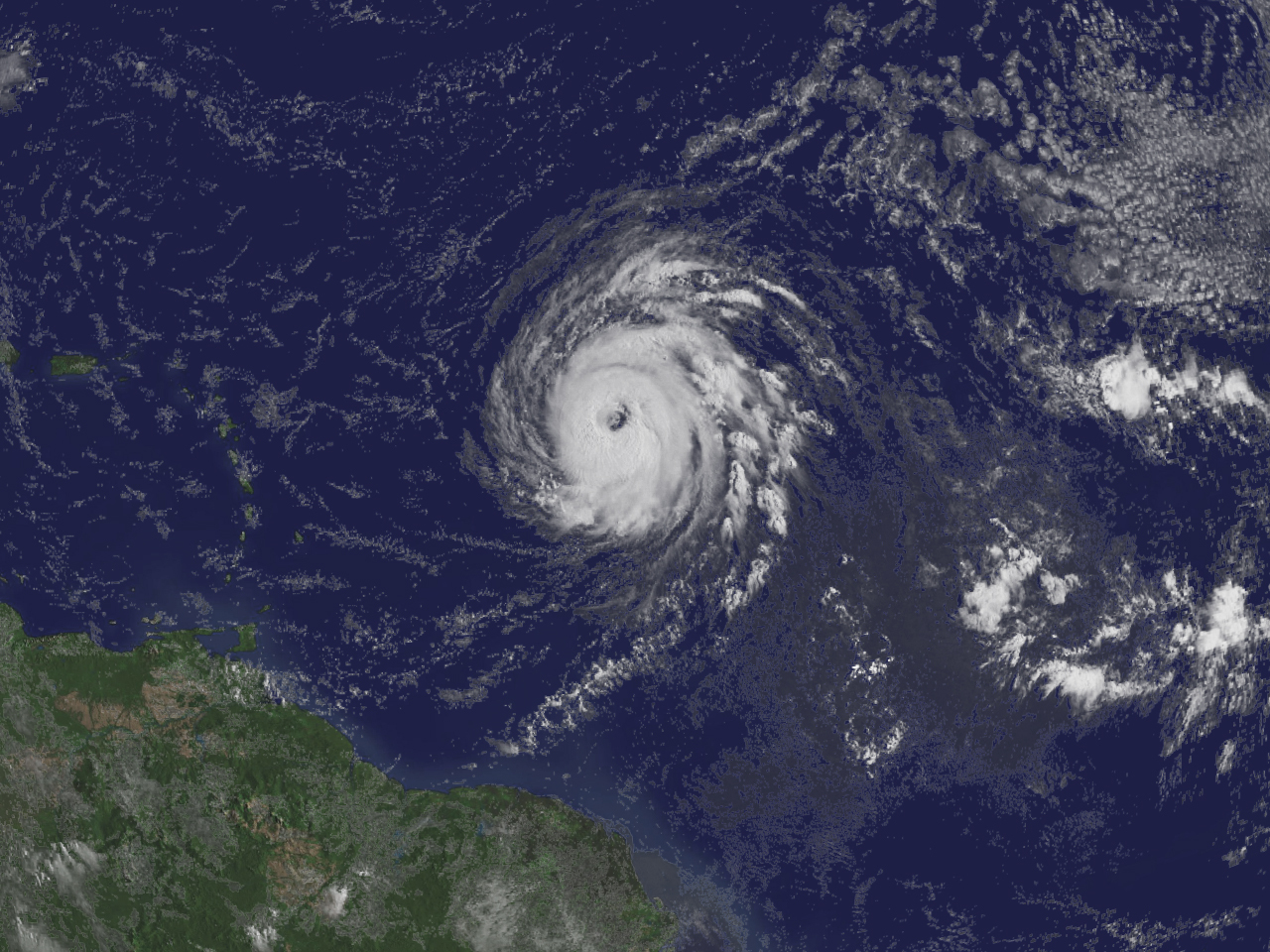Catastrophe risk specialist RMS says the insurance bill for damage from Hurricane Dolly, which hit Southwest Texas on July 23, may go as high as $750 million, while Boston-based AIR Worldwide estimates damages to come in between $350 million and $700 million for Texas and Mexico combined. AIR says the price tag for insured damages in the U.S. alone may reach $600 million.
The category 2 storm barreled into South Texas lashing the coast with winds up to 100 mph and dumping heavy rain. Dolly caused extensive damage throughout south Texas but spared levees along the heavily populated Rio Grande Valley, including Brownsville. The brunt of the hurricane hit sparsely populated part of Texas about 25 miles north of South Padre Island. It also skimmed past several oil platforms in the Gulf of Mexico, causing minimal damage, according to RMS. There were reports of significant flood damage to cotton crops in the Lower Rio Grande Valley. The region is also a major producer of fruit and vegetables, but RMS said it was not yet clear how much of the crop production has been lost.
The Insurance Council of Texas said insurance agencies have been inundated with phone calls from policyholders with claims. The claims consist of damaged roofs, trees blown into homes and carports, fences destroyed and flooding.
Business interruption claims will likely cause the cost of insured damages to rise, as officials warned tourists to stay away from South Padre Island, a popular vacation spot, while cleanup from the storm continues.
Officials declared the island closed for business after the storm hit, the Associated Press reported. Power was not expected to be restored to the island for several days.
Dan Quandt, executive director of the island’s Convention and Visitors Bureau, said it was the first time he had urged people not to visit, the Houston Chronicle and San Antonio Express-News reported July 26.
“So many people are calling saying they want to come to the beach, and we’re saying, ‘No,'” he said. “This is not a time to sightsee down here. We are actually going to have law enforcement at the causeway saying if you don’t have business being here, you’re going to have to turn around.”
Further inland, floodwaters were receding three days after the storm but crews were still rescuing stranded people in rural areas.
Many roads remained impassable, businesses were closed and, in some areas, gasoline was hard to come by.
1 Million Affected
Approximately one million residents were affected by the storm, ICT reported. The majority of windstorm policies for both homes and businesses located along the coast are provided by the Texas Windstorm Insurance Association or TWIA. In Cameron County, which includes South Padre Island, Brownsville and Harlingen, 16,500 windstorm policies are in effect with a total liability exposure of $5 billion.
There are also 20,863 flood insurance policies for homes in Cameron County with a total liability of $3.5 billion, according to the ICT. Next door in Willacy County that includes Port Isabel and Raymondville, only 507 windstorm policies are in effect with a total liability of $135 million. Willacy County has 914 flood insurance policies in effect for homes with a total liability of $105 million.
Total liability exposure means if the home was destroyed, this dollar figure would be the total payout from the insurance policy.
In advance of the storm on July 22, 2008, Texas Governor Rick Perry declared Aransas, Bexar, Brooks, Calhoun, Cameron, Hidalgo, Jim Wells, Kenedy, Kleberg, Nueces, Refugio, San Patricio, Victoria and Willacy counties as disaster areas due to the threat of severe damage from Dolly.
In response, the Texas Insurance Commissioner Mike Geeslin issued a bulletin stating: “With the possible relocation of hurricane victims and other personal hardships sustained by residents of Aransas, Bexar, Brooks, Calhoun, Cameron, Hidalgo, Jim Wells, Kenedy, Kleberg, Nueces, Refugio, San Patricio, Victoria and Willacy counties, regardless of where those residents have temporarily relocated, it is the opinion of the Texas Department of Insurance that it is inappropriate for insurers to re-rate, cancel, nonrenew, or refuse to provide coverage due solely to an individual’s status as a victim or evacuee of Hurricane Dolly. Further, it is not reasonable to change policyholders’ rating classifications or increase their insurance rates solely because they are a victim or evacuee of Hurricane Dolly.”
Geeslin also added Starr County to the list of affected counties.
Was this article valuable?
Here are more articles you may enjoy.

 Ticketmaster May Have Broken Law With ‘Platinum’ Oasis Seats
Ticketmaster May Have Broken Law With ‘Platinum’ Oasis Seats  An Unusually Active Hurricane Season Is in Store for the Atlantic
An Unusually Active Hurricane Season Is in Store for the Atlantic  Scammers Are Pushing Auto Loan Fraud to Record Levels
Scammers Are Pushing Auto Loan Fraud to Record Levels  State Farm Has Paid $2.5 Billion in Claims for LA Wildfires
State Farm Has Paid $2.5 Billion in Claims for LA Wildfires 